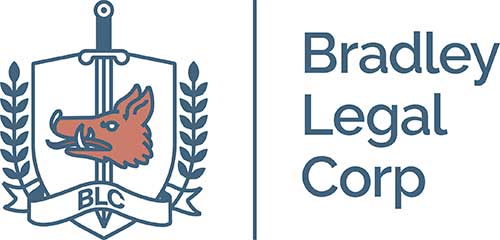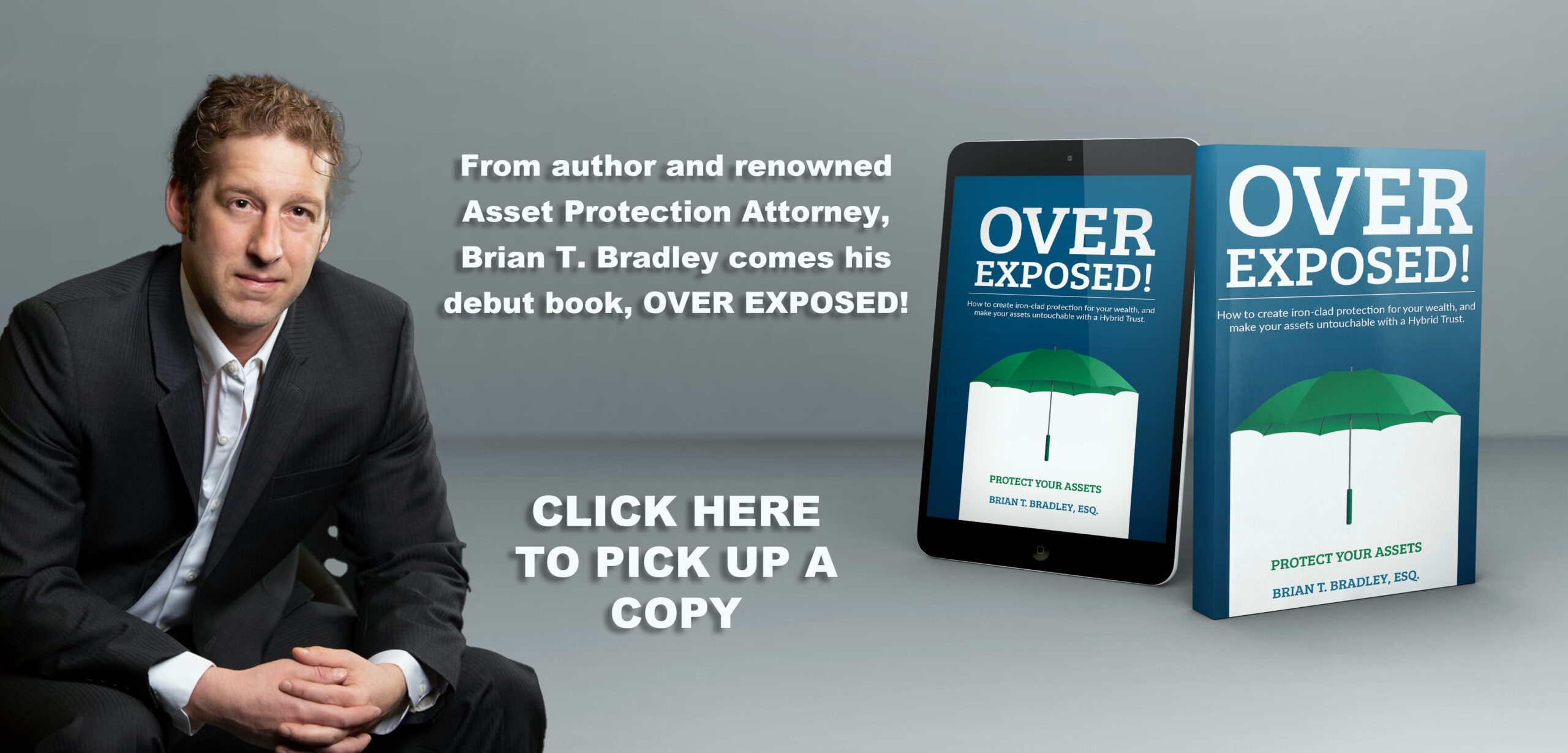Fraudulent Conveyance and Asset Protection
Fraudulent Conveyance is really one of the big kahuna issues with transferring assets. It is one of the questions I get asked the most, and is one of the least understood concepts. Fraudulent transfers or Conveyance or now its known as Avoidable Transaction. It is one of the most asked about issues because a fraudulent conveyance can totally kill an asset protection plan, no matter how good your asset protection attorney may be. Also, if you are gong to be sued, there is a very strong possibility that a fraudulent transfer claim will be included. Especially if you own real estate investments.
Lets break this concept down. I had the privilege knowing two asset protection icons: Howard Rosen and Douglass Lodmell. They break this concept down in such an easy to follow and understand method. One big type of transfer that is prohibited is a transfer made within a certain period of time before a claim is made or while a claim is pending. This is called a “look back period.”
Fraudulent Conveyance
A fraudulent conveyance is a transfer in ownership of an asset made for little or no consideration. What this means is that the other party did not really get anything of value in return for it, along with the intent to hinder, delay or defeat the claim of a creditor.
The key word is INENT. In other words, the courts are looking at “what was your State of Mind when the transfer was made? And this state of mind also has to be combined with an actual effect that the transfer actually did delay or hindered or defrauded a creditor. If you do not have that state of mind, then that means no fraudulent conveyance. If no creditor existed at that time that was delayed or hindered or defrauded, then it is not a fraudulent conveyance. That is the point of proactive planning before you need it.
Fraud
Now compare this to FRAUD. Fraud is an intentional misrepresentation of a material fact to induce someone to act or refrain from acting to there detriment. These two are very different in definition and how they are actually are applied in the law.
Understand that fraud is usually a crime. Fraudulent transfer on the other hand is not. A fraudulent transfer or conveyance is what we call a supplemental or secondary proceeding. This is where you get sued, the other party starts finding out what assets you have and what assets you transferred through the discover process, and if you are discovered to have made a transfer for little or no consideration within a certain amount of time, about 5 – 10 years depend on the state, the other party is going to ask the judge to undue those transfers. The remedy is to just give those assets back so that the creditor now has access to those assets to collect on a judgment.
Lets look at a common example. Let look at an oral surgeon or dentist (“high-risk professional”) who is not properly insured and accidently causes injury to a patient during a surgical procedure. When the patient sues the doctor, then the doctor’s personal assets are at risk. Including the doctor’s personal assets including cash, stocks, bonds, investment properties, etc.
What is a claim?
What we know so far is that a doctor with assets caused an injury. Now lets assume that “NO” lawsuit has been field yet. Even though there is not a lawsuit filed or pending, there is a “claim” against the doctor. The doctor knows that he could end up owing money to the patient and that is enough. Claims can be lawsuits, demand letters, or even accidents where a person was injured but has yet to contact the person at fault.
Yea, the doctor can move money and assets around. If the doctor moves assets to a place where they cannot be reached by the injured patient, then a court can “set aside” those transfers of assets. Especially in the U.S. The cold hard truth is that a court can require transferred assets to be given to the injured patient, even if the doctor is no longer legally or technically the owner of them. The court can just tell the person that you transferred those assets to, to give them back. Simply put, once a ‘claim’ exists, it is too late to protect most assets.
Importance of Jurisdiction
This is where the importance of jurisdiction and how it relates to fraudulent conveyance really comes into play. The reason why an offshore trust is so powerful in this regard is that in order to undue a transfer, the court has to have the power to tell the person that you did the transfer to, to give that asset back. Any court in the U.S. does NOT have the power to tell an offshore Cook Island Trustee what to do or to give it back. The offshore trustee will just tell them no. This is because the Cook Islands statutorily do not recognize any U.S. Court Orders or Judgments.
Now compare this to anything strictly in the U.S. Any system that is purely domestic in the U.S. does not have that ability to say no. This is because of the Full Faith and Credit Clause of our Constitution. This is the importance of adding the missing offshore component to your purely domestic asset protection plan.
The point is that people who are high-risk professionals (e.g. doctors, dentist, lawyers, CPAs, real estate developers, etc.) with assets and cash flowing investment properties need to proactively plan and set up proper asset protection plans before claims arise. That really is the only way that a plan providing true asset protection can work as it was intended and can be developed and tailored to meet your needs.
By: Brian T. Bradley, Esq.
HNW – Asset Protection Attorney as featured on:
Simple Passive Cash Flow
https://www.youtube.com/watch?v=-omB8-jY_7k
Old Dawg’s REI Network
Next Level Physicians:


Recent Comments